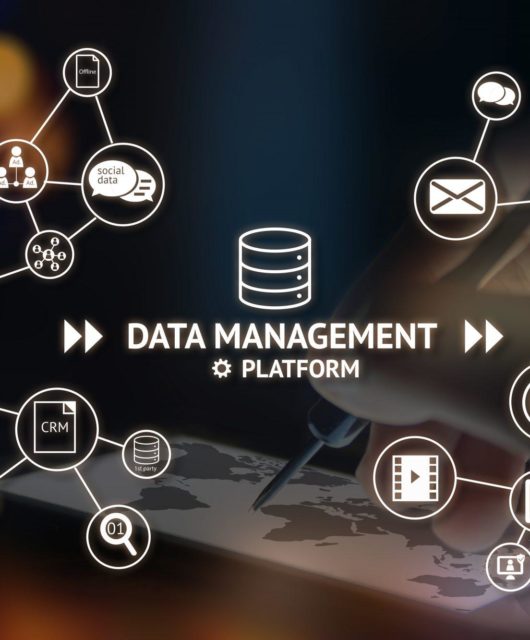How Does Software Development Work? The Shortest Guide Ever

Software development is writing. But it’s fantastically different from writing a book or a screenplay. It’s made by a team or a number of teams where each one is responsible for their part. How do they shape a piece of software from scratch? How is it tested constantly? And how do Technical Support & DevOps participate in the process? This is a brief overview of development phases and key points.
How Idea Becomes a Specification
The most linear representation of software development includes several stages:
- Preparations. You gather your team, think of what you’re going to develop, and calculate the budget (which is never enough).
- Planning. It includes writing specifications and estimating the time and the resources necessary for various stages of development.
- Development. It includes coding, designing, testing, and creating documentation.
- Implementation and support.
But this method is now being replaced with agile development. When you do it agile-style, the process looks differently:
1. Preparations and planning. They are about the same as under linear approach.
2. Sprint cycles. One sprint cycle includes short-term planning, development, testing, and demonstration.
3. Implementation and support of the current version. In the meantime, the next version is already in development, going through sprint cycles again.
If you are making a modern product that evolves and receives updates, yours is the agile method. It allows for making your software functional and plan your next step at the same time. Even if you think it’s perfect, you’ll have to keep up with platform updates.
Testing, Testing Everywhere!
We have already mentioned testing. It’s more than just running your software again and again. Testing implies various environments, in terms of both hardware and software, and various ways of usage. A creative tester may invent some unimaginable ways of using, misusing, and abusing your software which it should stand.
Support and DevOps
Through a consumer’s eye, it’s the most important part of software development. When you pay for software, especially under SaaS, you may expect constant updates and support. That’s where the development never stops. The continuous integration and delivery concept grants the updates flow.
A support team does much more than just instructing customers that can’t figure out how to do this or that. It makes sure online services required for the software to function are always working. It analyzes the key metrics to see how customers actually use the product. It tracks how server hardware stands the load and makes decisions on scaling it if necessary.
Life Goes On
As you see, development does not stop when the release version is ready. A decent developer just cannot leave their software on its own devices (pun intended). So if you plan to enter the software development market, prepare to be there for long, probably forever. If your product is in demand, it becomes even more important to build a workflow that does not just get the job done but keeps it constantly on the move.









